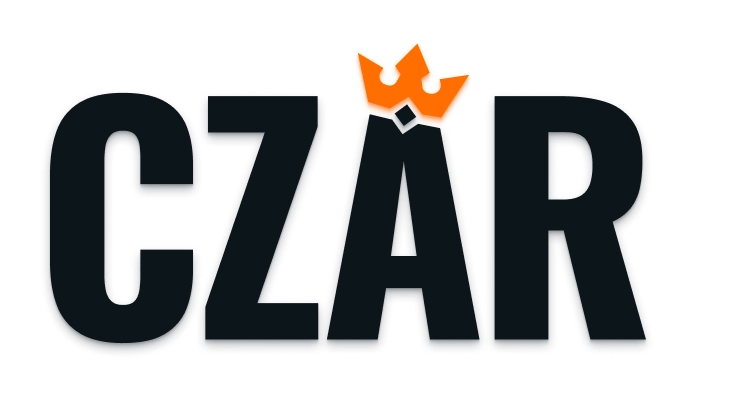In an era marked by rising global energy demand and a growing emphasis on clean energy solutions, uranium stands out as a critical commodity. As the primary fuel source for nuclear power, it has the potential to play a vital role in powering new technologies, addressing climate change, and ensuring a sustainable future.
Uranium’s Role in Nuclear Energy
Uranium’s main use is as a fuel for nuclear energy. In a typical nuclear reactor, uranium atoms are bombarded by much smaller neutron particles. This causes the atoms to break down in a process known as “nuclear fission.” This process releases a significant amount of heat energy, which is used to heat water and create steam. The steam is then used to spin a turbine, which powers a generator to create electricity.
Nuclear energy is seen as a form of clean energy. This is due to the fact that it produces nearly zero carbon dioxide. It’s also a highly efficient energy source. According to the International Atomic Energy Agency, an egg-sized amount of uranium fuel can provide as much electricity as 88 tons of coal1.
Nuclear Fuel Cycle
Nuclear Energy Fast Facts
Nuclear energy now provides about 9% of the world’s electricity2.
Nuclear energy provides about one-quarter of the world’s low-carbon electricity2.
Nuclear energy provided 48% of America’s carbon-free electricity in 2023, making it the largest domestic source of clean energy3.
Nuclear energy is one of the most reliable energy sources in America. In 2023, nuclear power plants operated at full capacity more than 93% of the time3.
Nuclear fuel is extremely dense – all the nuclear fuel produced by the US nuclear energy industry over the last 60 years could fit on a football field at a depth of less than 10 yards4.
Growth of the Nuclear Energy Market
The nuclear energy industry looks set for strong growth in the years and decades ahead. At COP28 in 2023, more than 20 countries across four continents pledged to triple global nuclear capacity by 2050. At COP29 in 2024, six more countries endorsed the declaration. Today, there are many nuclear reactors either planned, proposed, or already under construction across the world.
Uranium: Supply and Demand Dynamics
There is not enough uranium being mined to support the world’s nuclear reactors. Currently, market analysts project an average supply deficit of 35 million pounds per year over the next decade5. Constructing and commissioning a new uranium plant is a complex process that can take 10 to 15 years, or even longer. So, uranium supply can’t suddenly be ramped up.
How Uranium Could Power the AI Revolution
Artificial intelligence (AI) requires a significant amount of power. A single ChatGPT query, for example, can use up to 25 times more energy than a traditional Google search. Given the need for power, Big Tech companies are scrambling to come up with strategies to power their data centers and nuclear energy has come into focus given its status as a clean, reliable, and scalable energy source. This has huge implications for the uranium market.
In September 2024, Microsoft signed a deal to help restart the Three Mile Island nuclear reactor in Pennsylvania. This reactor, which was shut down in 2019 due to poor economics, could play a key role in meeting the tech giant’s rising demand for energy.
In October 2024, Amazon announced that it had signed three new deals to support the development of small modular reactors (SMRs). SMRs are a new generation of nuclear reactors that are significantly smaller than traditional nuclear power plants and can be deployed closer to the grid.
In October 2024, Alphabet announced that it had signed the world’s first corporate agreement to purchase nuclear energy from multiple SMRs to be developed by Kairos Power. The goal is to bring the first SMR online by 2030 with additional deployments through 2035.
The Themes Uranium & Nuclear ETF
The Themes Uranium & Nuclear ETF (URAN) has been designed to provide exposure to the uranium and nuclear energy markets. This ETF seeks to track the BITA Global Uranium and Nuclear Select Index (BGUNSI), which identifies companies that derive their revenues from uranium mining, explorations, refining, processing, and royalties, as well as nuclear energy, equipment, technology, and infrastructure.
Footnotes:
1International Atomic Energy Agency, What is Uranium?, as of September 3, 2024
2World Nuclear Association, Nuclear Power in the World Today, as of December 4, 2024
3US Department of Energy, 5 Fast Facts About Nuclear Energy, as of June 11, 2024
4US Department of Energy, The Ultimate Fast Facts Guide to Nuclear Energy, as of January, 2019
5NuclearNewswire, Bull market continues for uranium stocks, as of January 9, 2024







